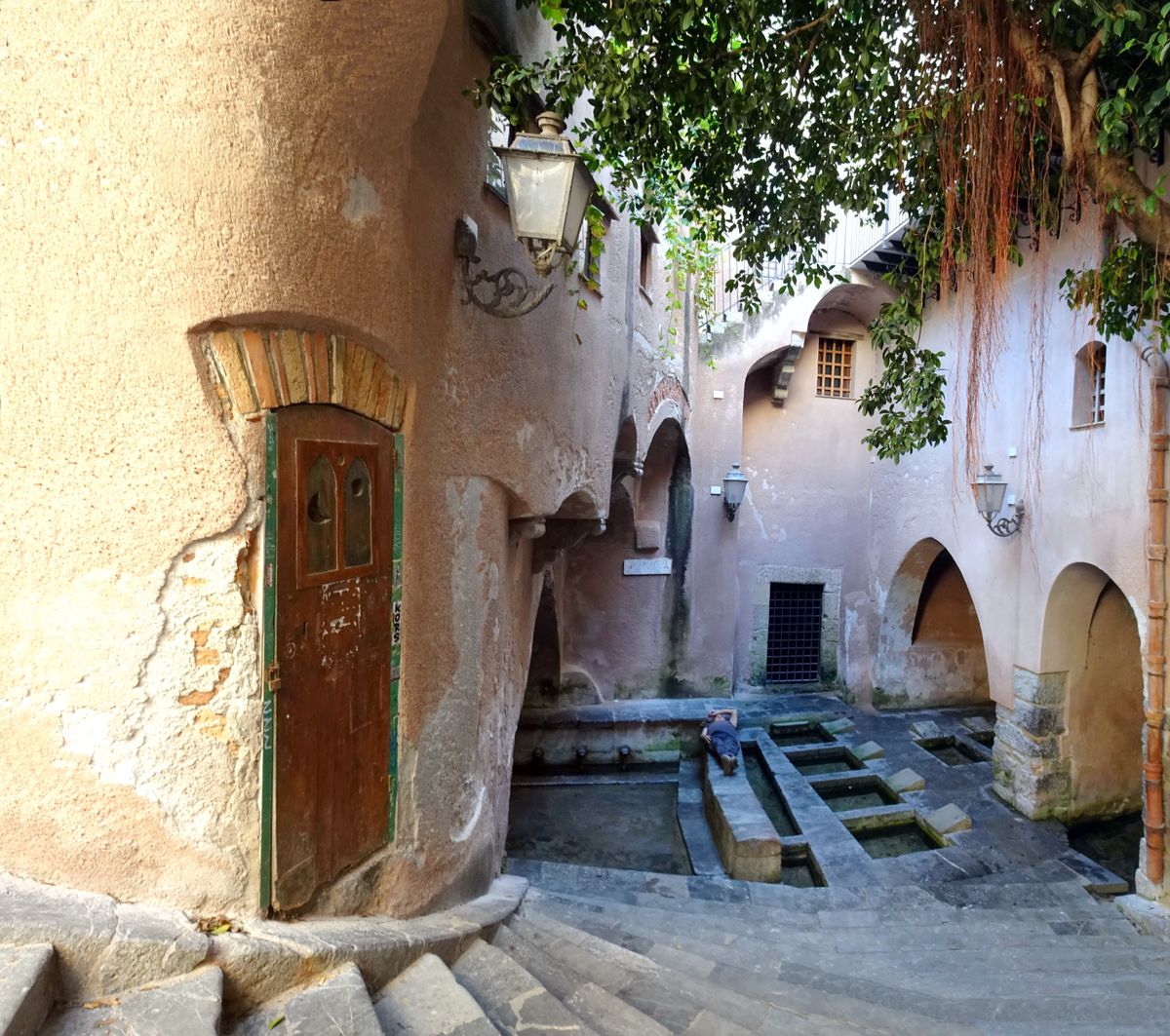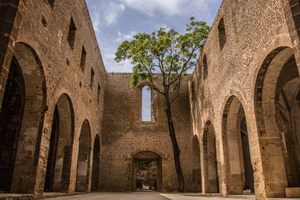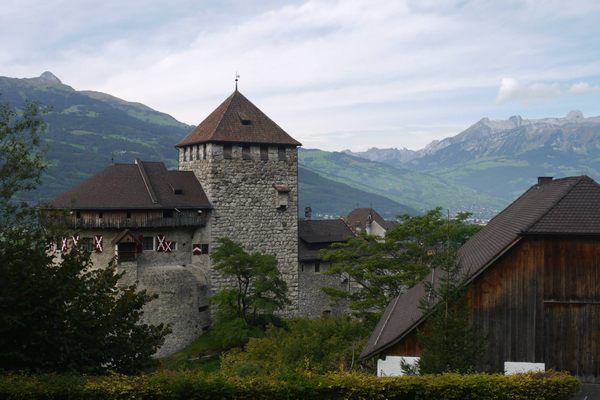About
This old wash-house in Sicily dates back to medieval times and was used by the inhabitants of the city for centuries. The structure was built over the River Cefalino, which stems from a source located southwest of Cefalù near the village of Gratteri in the Madonie mountains.
The original structure of the Lavatoio Medievale was initially much closer to the ocean, but it was demolished in 1514. The wash house was rebuilt on the river, which is said to have originated from the tears of a nymph who accidentally caused the death of her lover.
A stone staircase leads to the washing area. Water from the river still flows into the place’s numerous rectangular stone tanks and pools before it leaves via covered tunnels that flow into the sea.
The Lavatoio Medievale was used by locals well into the 20th century, and in the summer of 1991 the entire area was restored. At the top of the stairs, a stone plaque dated to 1655 reads, “Here flows Cefalino, healthier than any other river, purer than silver, colder than snow."
Cefalù, on the northern coast of Sicily, was settled by the Sikels, Greeks, Romans, Byzantines, and Arabs before the Normans arrived in the 11th century. The seaport town on the Tyrrhenian Sea is one of the major tourist attractions in the region.
Related Tags
Flavors of Italy: Roman Carbonara, Florentine Steak & Venetian Cocktails
Savor local cuisine across Rome, Florence & Venice.
Book NowCommunity Contributors
Added By
Published
December 8, 2017





































